SAMPLE

© Copyright 4Schools
89F Lagan Road, Dublin Industrial Estate, Glasnevin, Dublin 11
T: 01 808 1494 | W: www.4schools.ie
Author: Jade-Louise Byrne | Illustrations by 4Schools
ISBN 978-1-907330-25-4
No part of this publication may be reproduced, distributed, or transmitted in any form or by any means, including photocopying, recording, or other electronic or mechanical methods, without the prior written permission of the publisher. While every effort has been made to ensure that there are no inaccuracies in the information provided in this publication at the time of printing, the publisher accepts no liability for such errors or omissions.

SAMPLE
SIGHT BOOK BOOK SOUNDS B
&
Sight & Sounds Book B is a follow-up phonics resource to Sight & Sounds Book A.

The book is jam packed with over 40 sounds (phonemes), words to practise blending, alternative spellings, word families, initial and final consonant blends as well as sight words for you and your child to read and explore together.

SAMPLE
Sounds and Blending:
Initial sounds both lower and upper case, as well as diagraphs, are presented with an accompanying picture for your child to identify and read.
Helpful Hints
• Encourage your child to say the sound of the letter rather than the letter name.
• Trace around the formation of the sounds.
• Look at the accompanying picture for clues and to build confidence.
This chapter introduces your child to the concept of blending sounds together to make words in the brilliant blending pages contained in chapter 1.
2
01 Chapter
SAMPLE
Ss Aa
SAMPLE


3
Blending is the ability to build words from individual sounds by blending the sounds together in a sequence. For example, d o g makes the word dog when blended together. The Brilliant Blending pages encourage your child to place their finger on the sound button under each individual sound, say the sounds in a sequence and blend them together to make a word.
Helpful hints for blending:
1 Start by telling your child that they are going to read some words.
2 Starting from left to right, read the sounds one by one.
3 Each sound button has one sound, but may have two letters.
4 Ask your child to place their finger on the first sound button under each letter(s).
5 Encourage your child to listen to the individual sounds.
6 Continue to blend the sounds together, increasing the pace.
7 Combine all sounds to read the entire word.


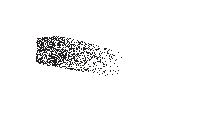
8 Praise your child on their super effort!

6 • • • SAMPLE

7 a as at sat pin pat tap tin tan ant nip nap • • • • • • • • • • • • • • • • • • • • • • • • • • • • • • • • SAMPLE
Cc
SAMPLE


Kk 8
Ee Hh

SAMPLE

9
Some sounds have one letter, other sounds have two letters (diagraph). It is important to encourage your child to observe the sound buttons under the word to avoid them saying two sounds for a word containing a diagraph. For example has only three sounds, we know this as there are only three sound buttons under this word.



Helpful hints for diagraphs

As children progress in phonics there are many new blends to be learned that look similar but sound different (for example, ai / oi / oa or ch / sh / th).
1 Remind your child that although there are two sounds, when they are written together, they ‘hold hands’ and make one sound.
2 Every time your child learns a new diagraph, practise the new one and remind them of the one(s) they already know to help your child to remember them.
12 SAMPLE
cat hit can rap map men kit cap red rat ham dim
man ram hat hip den ran mat rip him send mast neck peck deck sack rack pack mend stick

13
• • • • • • • • • • • • • • • • • • • • • • • • • • • • • • • • • • • • • • • • • • • • • • • • • • • • • • • • • • • • • • • • • • • • • • • • • • • • • • • • • • • • • • • • • • • • • • • • • • • SAMPLE
pen
Gg Oo
SAMPLE


14
lap bag not hop hot hog rot rod mop dot got dog bad lot last lost fast slip flip flap flop back grip grin drum drip




• • • • • • • • • • • • • • • • • • • • • • • • • • • • • • • • • • • • • • • • • • • • • • • • • • • • • • • • • • • • • • • • • • • • • • • • • • • • • • • • • • • • • • • • • 17 SAMPLE
ai Jj
SAMPLE


18
oa ie


SAMPLE
19
Alternative Spellings:
Sounds that sound the same but look different. The words on the following pages include familiar diagraphs, long a,e,i,o,u words and diphthongs (a sound formed when two vowels go together). Many of these become familiar the more your child reads and is exposed to them. Included are some helpful tips to help your child to remember some of the spelling patterns.
34
02 Chapter
SAMPLE








pain sail mail
bail
say hay bay ray lane cane make lake date - ai - ay a - e rain day snake
35 SAMPLE
fail
may
Long words a

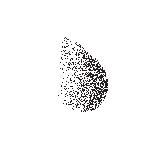


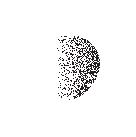
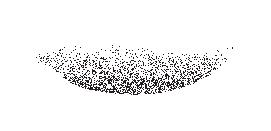
bee pea - ee - ea
tree see beef green street tea jeans treat leaf mean
42
Long words e
SAMPLE
Helpful hint: Use oi in the middle of most words, oy can be used in the middle and at the end of a word.




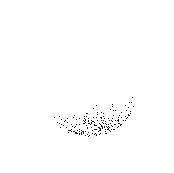


oil boil coin join toil joy loyal soy toy royal soil boy - oi
oy
-
-oi and -oy words 43
SAMPLE
03 Chapter
Beginning and Ending blends:
Initial (beginning) consonant blends and final (ending) consonant blends appear throughout the next two pages. When two or three consonant sounds are blended and read together they create one sound and will help speed up your child’s reading and writing. Each blend is accompanied by a matching picture to encourage and ease recognition for your child.
48
SAMPLE
Beginning blends SAMPLE

bl- cl- fl- gl- pl-
blue clown fly glove plane
sl- br- cr- dr- fr-
slide branch crab drum frog
gr- pr- tr- wr- thr-
grapes prize tree write throw
sp- st- sn- sc- sk-
spider star snail scared skate
sm- sw- tw-







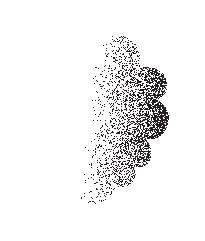
smile swing twins 49
Word Families:
Word families provide children with groups of words that have a predictable pattern. These words have the same endings and they all rhyme. This makes learning a set of words (a word family) easier for beginner readers.
04 Chapter 51 SAMPLE
-ed family bed fed red shed bled sled
-en family hen ten men pen den ben
-eg family leg beg keg peg egg


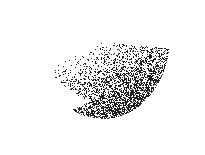





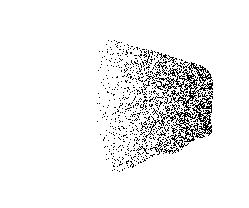



-et family jet set bet vet get met net

SHORT SHORT e 53
SAMPLE
Sight words:
Sight words are important to reading not only because they are used so frequently, but also because many of them cannot easily be sounded out. There is a list of 72 frequently used sight words at the back for your child, with an accompanying space for them to write them. Sight words promote confidence, comprehension and give clues to the context of the text. Sight words help your child build a foundation for reading comprehension and fluency.
Helpful hints for sight words
1 Ensure your child places their finger under the word.
2 Encourage them to look at the first sound.
3 Mix up the words on the list.
4 When reading a sentence, encourage your child to look at the sentence first and see if there are any sight words in it. By making them spot the words first they will be ready for them in sentences and their reading will be much more fluent.
05
57
Chapter
SAMPLE
I can read...... I can write….. live give little down what when why where who which

61
SAMPLE
I can read...... I can write…..
any many more before other were because want saw put

62 SAMPLE
SAMPLE
SAMPLE

*SISOUND*



































































